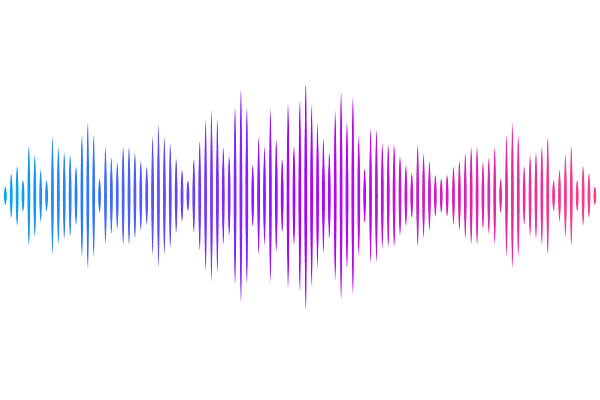A two-step strategy to identify episodic sources of gravitational waves and high energy neutrinos in starburst galaxies

A two-step strategy to identify episodic sources of gravitational waves and high energy neutrinos in starburst galaxies
M. L. Allen, P. L. Biermann, L. I. Caramete, A. Chieffi, R. Chini, D. Frekers, L. Á. Gergely, B. Harms, I. Jaroschewski, P. S. Joshi, P. P. Kronberg, E. Kun, A. Meli, E. -S. Seo, T. Stanev
AbstractSupermassive black hole mergers with spin-flips accelerate energetic particles through their precessing relativistic jets, producing high energy neutrinos and finally gravitational waves. In star formation massive stars come in pairs, triplets and quadruplets, allowing second generation mergers of the remnants with discrepant spin directions. The Gravitational Wave (GW) data support such a scenario. Earlier we suggested that stellar mass black hole mergers (visible in M82) with an associated spin-flip analogously allow the acceleration of energetic particles, with ensuing high energy neutrinos and high energy photons, and finally producing gravitational waves. At cosmic distances only the gravitational waves and the neutrinos remain detectable. Here we generalize the argument to starburst and normal galaxies throughout their cosmic evolution, and show that these galaxies may dominate over Active Galactic Nuclei (AGN) in the flux of ultra-high energy particles observed at Earth. All these sources contribute to the cosmic neutrino background, as well as the gravitational wave background (they detected the lower frequencies). We outline a search strategy to find such episodic sources, which requires to include both luminosity and flux density.